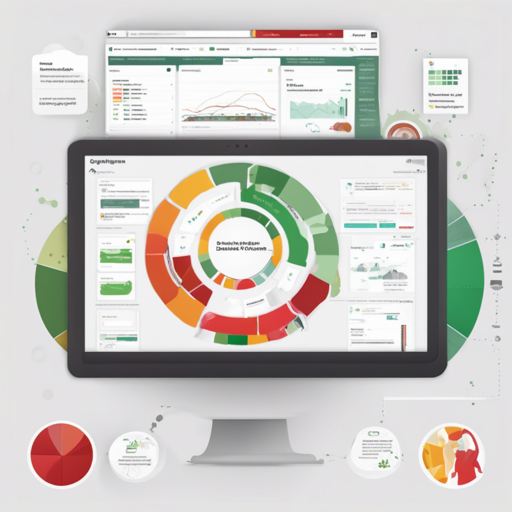Cognita is an open-source framework designed to streamline your Retrieval-Augmented Generation (RAG) codebase. It provides a user-friendly platform to experiment and prototype while ensuring that your final implementation is modular, scalable, and ready for production. In this guide, we will walk you through the steps to get started with Cognita, including troubleshooting tips to help you along the way.
Why Use Cognita?
When transitioning from quick experiments in Jupyter notebooks to a production-level application, several constraints emerge, such as the need for modular and extendable components. Here’s where Cognita shines:
- Modular Components: Each RAG component is API-driven, making it easy to integrate and extend.
- Scalable Environment: Supports both local setups and production-ready environments with no-code UI options.
- Incremental Indexing: Automatically handles indexing, reducing the need for manual updates.
This framework empowers developers and non-technical users alike to explore RAG customizations, ensuring a comprehensive codebase organization.
What’s New in Cognita
With recent updates, Cognita has become even more powerful:
- August 2024: Migration to Pydantic v2 for enhanced data validation.
- July 2024: Introduction of the model gateway for simplified model management.
- June 2024: Added a new Metadata store powered by Prisma and Postgres.
- May 2024: Support for multiple embedding and reranking models.
Getting Started: Quickstart Guide
:rocket: Running Cognita Locally
To run Cognita locally, the simplest method is to use Docker Compose. Follow these steps:
- Install Docker and Docker Compose from here.
- Configure your model providers by copying the sample configuration file:
shell
cp models_config.sample.yaml models_config.yaml
shell
docker-compose --env-file compose.env up
- Qdrant server: localhost:6333
- Backend server: localhost:8000
- Frontend: localhost:5001
Understanding Cognita’s Architecture
To make sense of how Cognita works together, think of it as a multi-layered cake. Each layer serves a specific purpose yet integrates seamlessly with others:
- Data Sources: Ingredients that feed the cake—this could be files from various storage sources.
- Metadata Store: The recipe book—storing details about the collections and their configurations.
- LLM Gateway: The chef—mixing various models to craft delicious, customized outputs.
- Vector DB: The storage—holding all slices of the cake (data chunks) for easy access.
- Indexing Job: The automation—ensuring the cake stays fresh with periodic updates.
Troubleshooting Tips
If you encounter any issues while setting up Cognita, here are some helpful tips:
- Ensure that Docker and Docker Compose are running smoothly on your system.
- Check your configuration files for any syntax errors.
- Try running the services individually to isolate any problems.
- If you’re unsure about settings, consult the documentation for guidance.
- For further insights, updates, or to collaborate on AI development projects, stay connected with fxis.ai.
At fxis.ai, we believe that such advancements are crucial for the future of AI, as they enable more comprehensive and effective solutions. Our team is continually exploring new methodologies to push the envelope in artificial intelligence, ensuring that our clients benefit from the latest technological innovations.
Conclusion
Cognita is an invaluable tool for developers looking to implement RAG systems seamlessly. With its modular structure and robust features, it sets a new standard in organizing RAG codebases. Dive in, experiment, and innovate with Cognita to unleash the full potential of your AI projects!

